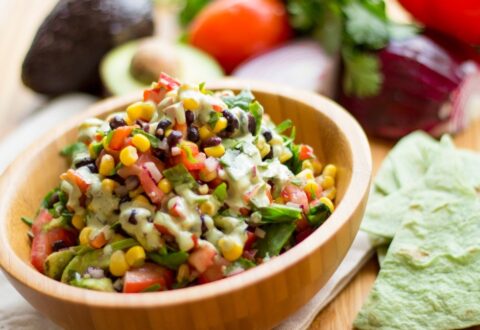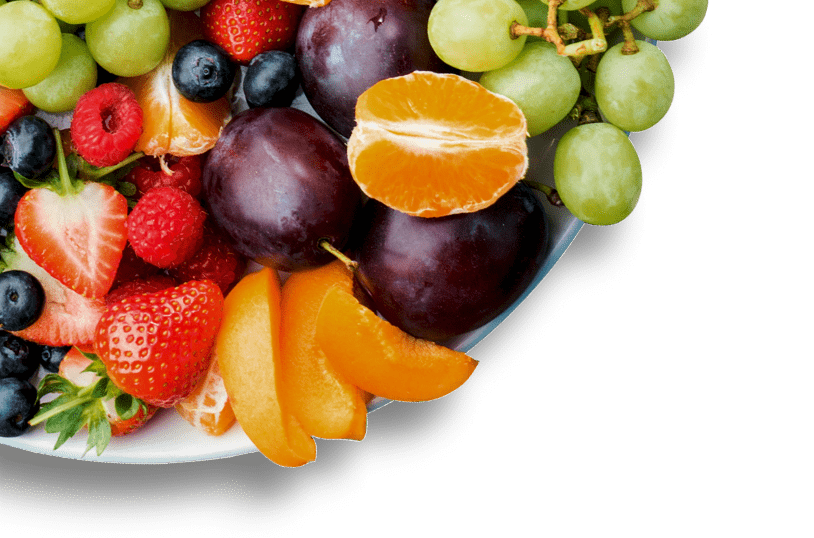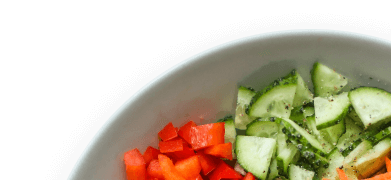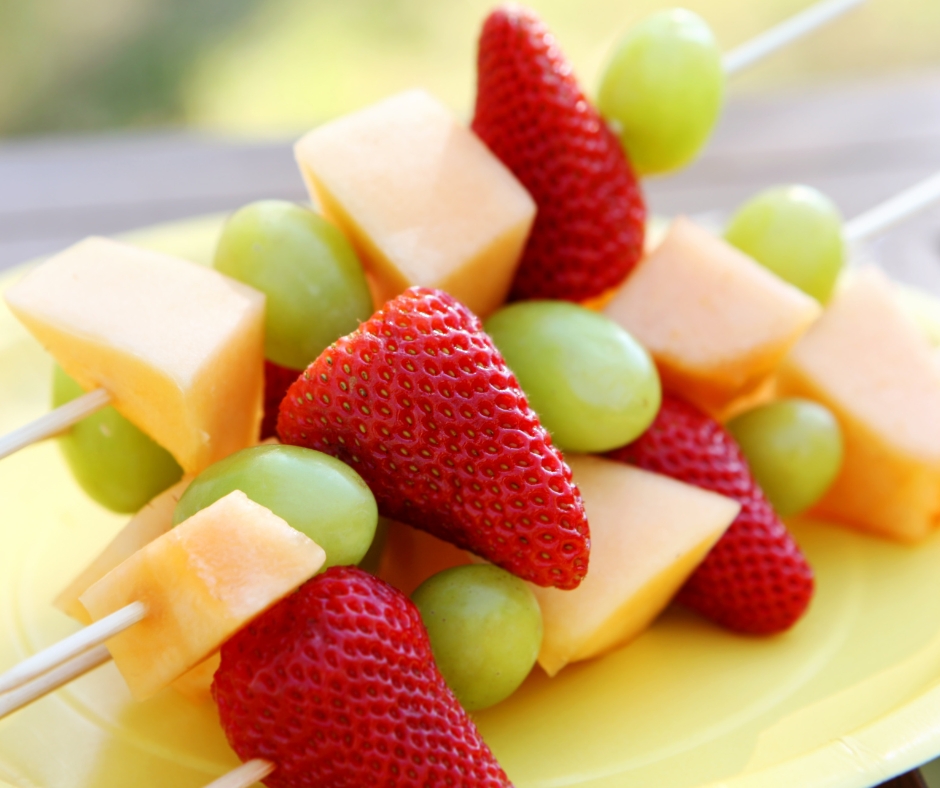Food, mood & learning outcomes
Food plays an important role in ensuring students are happy, healthy and resilient.

The link between food, mood and learning
We know that fuelling children with the appropriate foods helps support their growth and development.
There is a growing body of research showing that what children eat not only affects their physical health but also their mood, mental health and learning.
The research suggests that eating a healthy and nutritious diet can improve mental health [1], enhance cognitive skills like concentration and memory [2,3] and improve academic performance [4].
Children should be eating plenty of nutritious, minimally processed foods from the five food groups:
- fruit
- vegetables and legumes/beans
- grains (cereal foods)
- lean meat and poultry, fish, eggs, tofu, nuts and seeds, and legumes/beans
- milk, yoghurt, cheese and/or their alternatives
Consuming too many nutritionally-poor foods and drinks (high in added fats, sugars and salt) such as lollies, chips and fried foods has been linked to emotional and behavioural problems in children and adolescents [5]. In fact, young people that have the unhealthiest diets are nearly 80% more likely to have depression than those with the healthiest diets [1].
Why are schools important places to make changes?
Schools can play a key role in influencing healthy eating habits, as students can consume on average 37% of their energy intake for the day during school hours alone! [6]
A New South Wales survey found that up to 72% of primary school students purchase foods and drinks from the canteen at least once a week [7].
In Victoria, while around three-quarters (77%) of children meet the guidelines for recommended daily serves of fruit, only one in 25 (4%) meet the guidelines for recommended daily serves of vegetables [8]; and discretionary foods account for nearly 40 per cent of energy intake for Victorian children [9].
It’s never too late to encourage healthier eating habits – childhood and adolescence is a key time to build lifelong habits and learn how to enjoy healthy eating.
Get started today!
You can start to improve students’ learning outcomes and mental wellbeing by promoting healthy eating throughout your school environment.
Ideas to get you started:
- Provide a healthy canteen menu in line with the Canteens, Healthy Eating and Other Food Services Policy
- Make sure water is freely available and allow students to have a water bottle in class.
- Plant a vegetable garden and use the produce in cooking activities and the canteen menu. Check out the Stephanie Alexander Kitchen Garden Foundation program for more ideas.
- Schedule ‘brain food’ breaks during the day to encourage students to eat fruit and vegetables in class.
- Engage all school staff to become positive role models — visibly taking care of their health by eating healthy foods and drinks at school.
- Use non-food rewards in the classroom to help students develop healthy relationships between food and behaviour.
- Encourage parents to provide healthier lunches (access our Healthy Lunchbox fact sheet here).
- Source fresh produce from your local community, such as local markets and food growers.
References
1 Jacka FN, et al. Associations between diet quality and depressed mood in adolescents: results from the Australian Healthy Neighbourhoods Study. Aust N Z J Psychiatry. 2010 May;44(5):435-42. https://www.ncbi.nlm.nih.gov/pubmed/20397785
2 Gómez-Pinilla, F. (2008). Brain foods: The effects of nutrients on brain function. Nature Reviews Neuroscience, 9(7), 568-578. Retrieved from http://www.ncbi.nlm.nih.gov/pmc/articles/PMC2805706
3 Bellisle, F. (2004). Effects of diet on behaviour and cognition in children. British Journal of Nutrition, 92(2), S227–S232
4 Burrows, T., Goldman, S., Pursey, K., Lim, R. (2017) Is there an association between dietary intake and academic achievement: a systematic review. J Hum Nutr Diet. 30, 117– 140 doi: 10.1111/jhn.12407. https://onlinelibrary.wiley.com/doi/pdf/10.1111/jhn.12407
5 Jacka FN, Kremer PJ, Berk M, de Silva-Sanigorski AM, Moodie M, Leslie ER, et al. (2011) A Prospective Study of Diet Quality and Mental Health in Adolescents. PLoS ONE 6(9): e24805. https://doi.org/10.1371/journal.pone.0024805
6 Bell AC, Swinburn BA. What are the key food groups to target for preventing obesity and improving nutrition in schools? Eur J Clin Nutr2004;58:258–63
7 Hardy L, King L, Espinel P, et al. NSW Schools Physical Activity and Nutrition Survey (SPANS) 2010: Full Report (pg 97). Sydney: NSW Ministry of Health, 2011
8 Department of Education and Training 2019, Child Health and Wellbeing Survey – Summary Findings 2017, State Government of Victoria, Melbourne.
9 Department of Health and Human Services 2016, Victoria’s Health; the Chief Health Officer’s report 2014, State Government of Victoria, Melbourne.
For more information please phone 1300 22 52 88 or email heas@nnf.org.au
Except where otherwise indicated, the images in this document show models and illustrative settings only, and do not necessarily depict actual services, facilities or recipients of services. This document may contain images of deceased Aboriginal and Torres Strait Islander peoples. In this document, ‘Aboriginal’ refers to both Aboriginal and Torres Strait Islander people. ‘Indigenous’ or ‘Koori/Koorie’ is retained when part of the title of a report, program or quotation. Copyright © State of Victoria 2016
Written and reviewed by dietitians and nutritionists at National Nutrition Foundation, with support from the Victorian Government.

Related resources
Featured recipes
Explore more recipesRegister your interest
"*" indicates required fields















